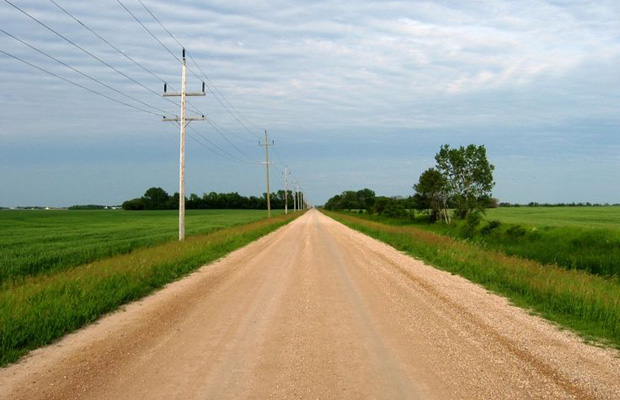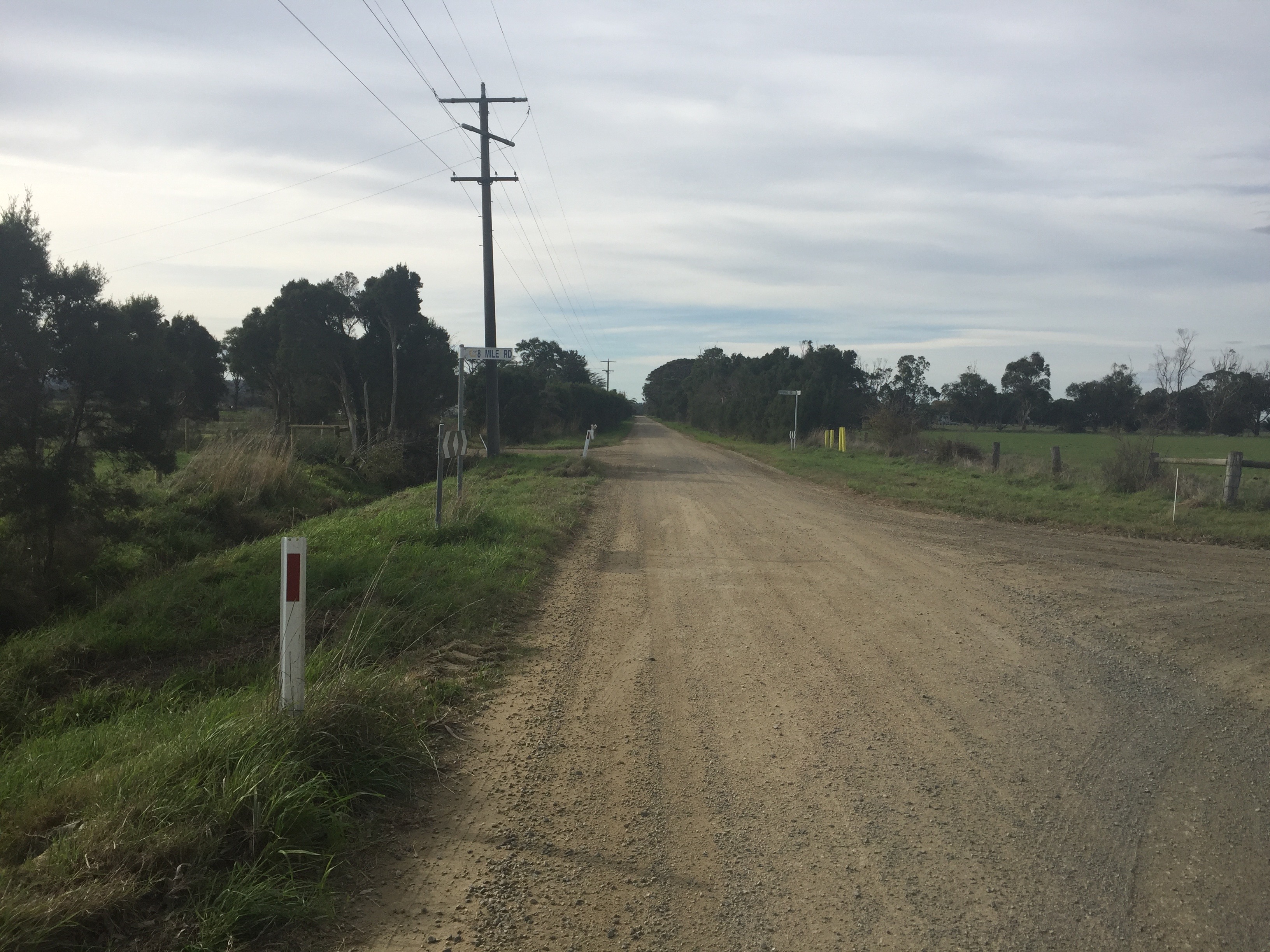


Heavier, duller steels would be too tiring and cumbersome for long off-road rides. Higher-end chromoly steel recipes are used and favored by some gravel riders and framebuilders. Carbon fiber is well-loved by manufacturers and gravel enthusiasts. That said, breakages don’t happen easily or soon. If you plan on longer, overnight rides in remote areas, carbon might not be your flavor. These breakages may be irreparable or very expensive to have mended. When it hits, it can be fatal, causing a critical break or snap. Damage can start internally, making it difficult to monitor. When a frame begins to fail, it can be hard to spot. The nature of carbon allows framebuilders to use aerodynamic tubing, whilst maintaining comfortable ride characteristics.Ĭarbon fiber isn’t invincible. It’s able to offer a degree of flex that adds to comfort, but doesn’t compromise stiffness. Carbon FiberĬarbon fiber is light and compliant. These materials offer differing ride qualities and levels of durability. Gravel bikes are sold with frames made from aluminum, chromoly steel, carbon fiber and titanium. Others stray closer to mountain bike geometry, where angles are slacker and trails are rougher. Some folk prefer a racier bike that employs steeper angles. When choosing your new gravel bike, be aware that there is a difference between the feel and riding style offered by different geometries of gravel bike. Gravel bikes usually have more trail than a road bike, but less than a touring rig. Less trail makes for a twitchy, agile bike. More trail results in relaxed and stable handling.

This can be summarized as a measure of how casual your bike’s steering is. A bottom bracket height of 260-280mm provides ample clearance on gravel. For a gravel bike, expect 70 to 75mm of bottom bracket drop. Road bikes might use 65 to 74mm of ‘drop’. These are lower than those on cyclocross bikes, to keep things steady on descents. Shorter chainstays give a snappier feel, that comes across as faster to ride and accelerate. Longer stays also contribute to stability. This creates a more upright stance that aids visibility. Top tubes on gravel bikes are generally shorter than the top tubes of road bikes. They perform well on descents and trails.

They use a head angle between 67° and 69° and are apt to shred. Some gravel bikes are more influenced by mountain bike geometry. Your stance on a gravel bike is less aggressive and more upright than on a road racing machine, while still being quick-handling. This increases stability and makes for less ‘twitchy’ steering. Head Tube AnglesĬompared to road and cyclocross bikes, gravel bikes employ slacker head tube angles and taller head tubes. However, they’re shorter than those found on adventure and touring bikes, which don’t need to be as racy or agile. This results in a stable ride on loose terrain. Gravel bikes have longer wheelbases than road and cyclocross bikes. This is where they differ from your existing road, cyclocross or mountain bike. GeometryĪlthough gravel bike geometries vary, most models share specific build characteristics. But aside from these familiar features, gravel bikes are their own thing. At the same time, their geometry can lean toward the slacker angles of a mountain bike. They resemble road bikes, with drop bars and relatively narrow tubing. It weighs less than a mountain bike and doesn’t use suspension. This has led to the emergence of a new kind of bike. Technological advances have led to materials becoming lighter and stronger. So why not use your existing bike to ride gravel? Well, it’s not quite the same. Road, mountain and cyclocross bikes are cousins of the gravel bike. ‘Gravel’ Bikes ride a variety of roads and trails Some folk are happy to define the gravel bike as the missing link between road cycling and mountain biking. ‘Gravel-grinding’ races like the ‘Dirty Kanza’ are popular, but a lot of gravel riding is about outdoor exploration off the beaten track. The carefree nature of gravel riding differentiates it from road cycling. They’re more robust than road bikes, with geometry that’s more laid-back, to suit all-day rides. This matches them to longer, less-technical rides at a more consistent pace. Gravel bikes are lighter and more agile than mountain bikes. This includes anything from hardpack to crunchy trails. Email to Friend Mail A Bike Just for Gravel?Ī gravel bike uses drop handlebars, but rides on a range of off-road surfaces.


 0 kommentar(er)
0 kommentar(er)
